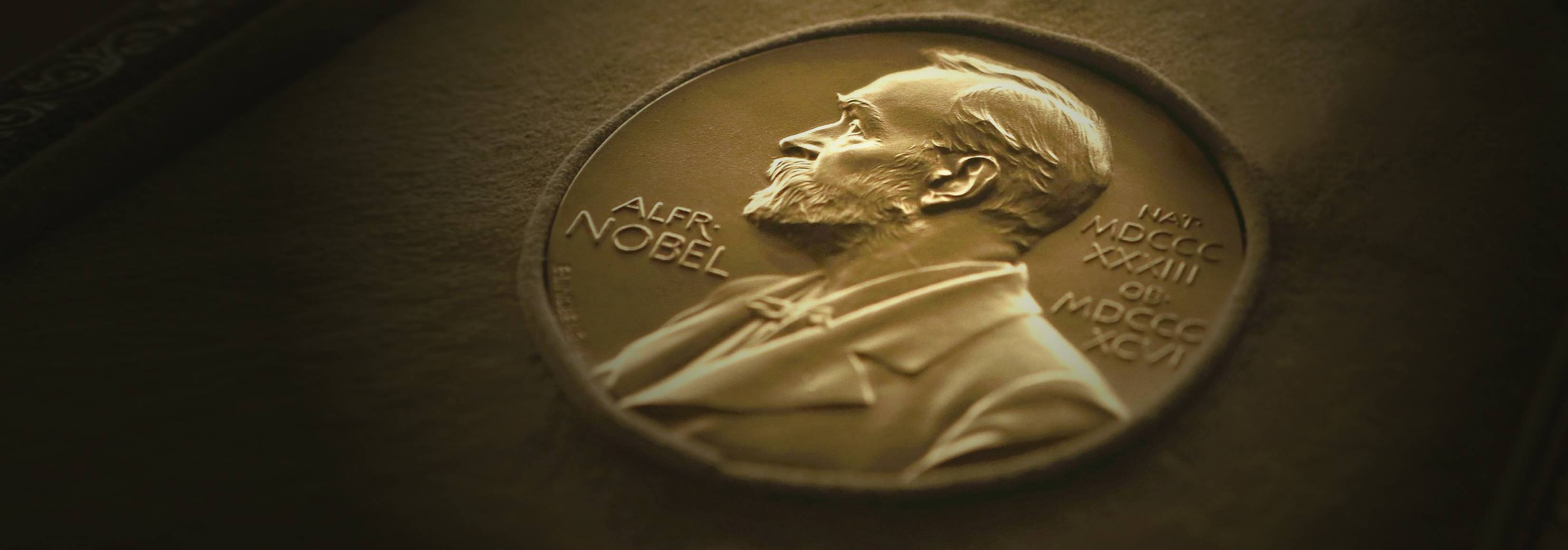In 1892, Russian biologist Dmitry Ivanovsky noticed something unusual about a plant disease that was sweeping across the Western Hemisphere. The cause, he observed, was an agent so small it could permeate porcelain filters, something no bacteria was capable of doing. Seven years later Dutch botanist Martinus Beijerinck proved that the infectious agent belonged to an entirely new class of pathogen, and the word “virus” entered the modern scientific lexicon.
So small that they cannot be seen even with a microscope, yet powerful enough to wipe out entire species, viruses were the subject of both intense investigation and wild speculation until 1935, when Rockefeller Institute scientist Wendell M. Stanley purified the tobacco mosaic virus and made one of the most surprising discoveries of the 20th century: that a virus has properties definitive of both living and nonliving matter. For this discovery, Dr. Stanley received the 1946 Nobel Prize in Chemistry.
The Laboratory of Animal and Plant Pathology at The Rockefeller Institute for Medical Research was in the forefront of research in virology, and principal investigator Louis O. Kunkel had elucidated nearly every aspect of the biology and pathology of the various mosaic virus diseases. Dr. Stanley was not the first to try to purify tobacco mosaic virus; being easily obtained in large, highly infective quantities, the virus was a common fixture in virology labs. But the methods available were not adequate to produce virus samples pure enough to work with. Dr. Stanley succeeded when he employed precipitation with lead acetate combined with a novel centrifugal method used by colleague John H. Northrop to purify enzymes in 1930.
Dr. Stanley’s crystallized virus was strong enough that one cubic centimeter of a solution containing one part of the virus protein to 10 billion parts of liquid would infect a tobacco plant. After the disease spread through the plant’s tissues, Dr. Stanley was able to isolate large quantities of equally pure virus from the same single plant.
The scientific community was astonished, and highly skeptical. Viruses, with their ability to reproduce and mutate, had from the first been classified as a life form. The structural properties of living protoplasm — complex, nongeometrical, mutable — contrast sharply with those of nonliving matter like crystals, which are rigid and definable in mathematical terms. Dr. Stanley had cracked the reigning doctrine wide open by ostensibly purifying living matter in a characteristically nonliving form.
In an effort to prove the veracity of his discovery, Dr. Stanley redissolved and recrystallized his protein 15 times, after which point it still produced tobacco mosaic virus as powerful as the original sample. The chemical weight of the crystal substance — 17 million times greater than that of the heaviest known protein — gave Dr. Stanley the first clue as to the virus’s inherent contradiction. He hypothesized that the huge number of labile atoms the crystal substance must possess because of its size might explain its ability to participate in higher-level chemical processes like reproduction. (The real answer, from a Cambridge University lab, was more surprising. Virologists F.C. Bawden and N.W. Pirie found that the substance was not a simple protein as Dr. Stanley had supposed but a nucleoprotein, a protein attached to a nucleic acid — in this case, ribonucleic acid.)
Dr. Stanley turned his attention to defining the physical and chemical characteristics of tobacco mosaic and other viruses, and his subsequent work contributed immensely to our understanding of their mechanisms of action. Dr. Stanley’s methods for purifying tobacco mosaic virus were soon applied to other viruses and within three years of his discovery, more than a dozen had been crystallized. His technique is still in common use today. In addition, his work pushed researchers in many fields to begin looking more closely at nucleoproteins, molecules that we now understand are intimately involved in the most essential life processes, including the protection of chromosomes, the stabilization of DNA and the activation and inactivation of individual genes. Dr. Stanley shared the 1946 Nobel Prize with Dr. Northrop and James B. Sumner of Cornell University.
CAREER
Dr. Stanley was born in Ridgeville, Indiana, in 1904. After earning his Ph.D. in chemistry from the University of Illinois in 1929, he continued his research, first at Illinois and later with Heinrich Wieland in Münich. In 1931, he returned to the United States to join The Rockefeller Institute as a research assistant. He remained at Rockefeller until 1948, becoming an associate member in 1937 and a member in 1940. In 1948, upon the closing of Rockefeller’s Princeton, New Jersey, laboratories, he accepted a position as professor of biochemistry and director of the Virus Laboratory at the University of California, Berkeley. He later served as chairman of the departments of biochemistry and virology there. Dr. Stanley served as an adviser to both the United States government and the World Health Organization and director at large of the American Cancer Society. In addition to the Nobel Prize, he received a Scott Award from the City of Philadelphia, an Alder Prize from Harvard University and a Rosenburger Medal from The University of Chicago. Dr. Stanley died in 1971.
